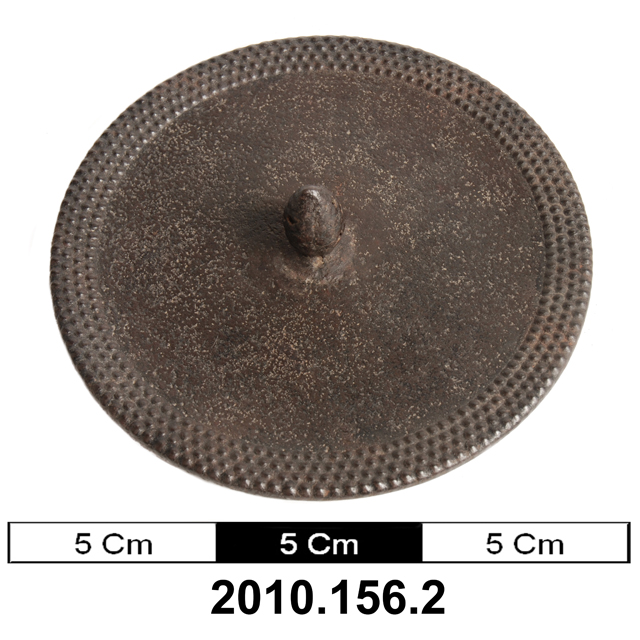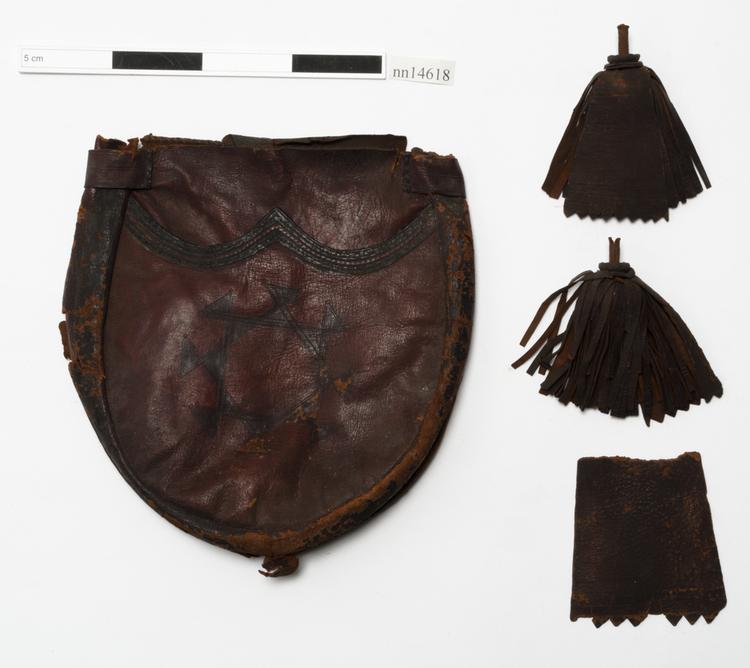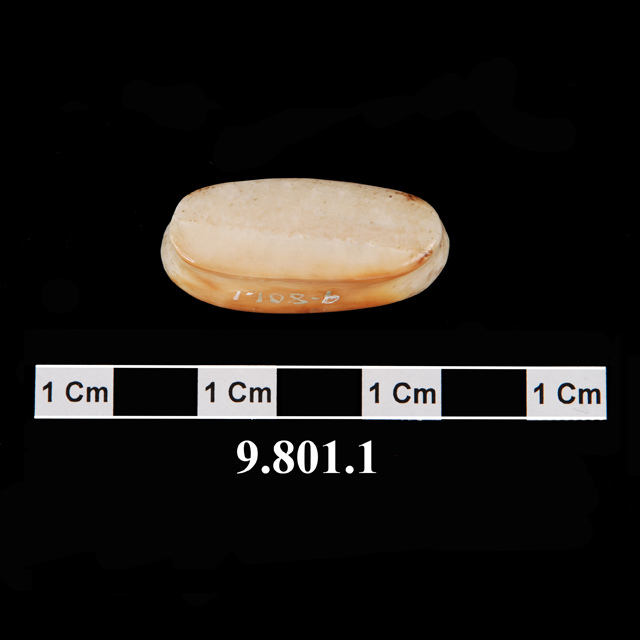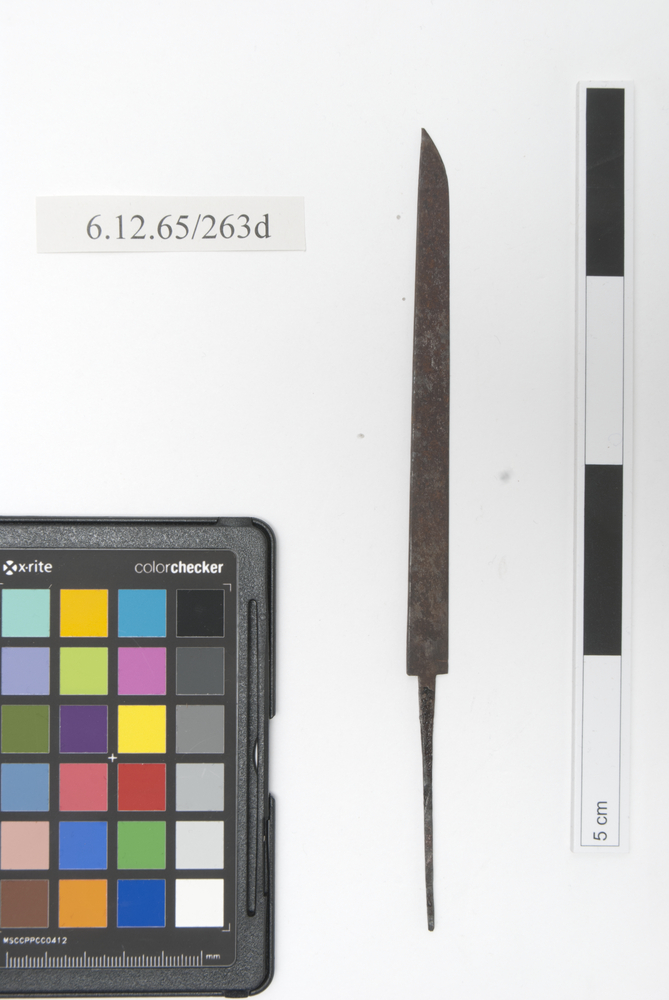
Arrow
Bow, Dakai, and Quiver of War Arrows, Fiji, Western Polynesia This fine Fijian self bow of tiriwai wood (mangrove, Rhizophora mangle) possesses the distinctive groove that runs down the belly of Polynesian bows. In some examples further east, this groove was used to store one of the typically thin arrows while the bow was unstrung. This can never have been a widespread or serious practice, however, as the idea that one might go hunting with one arrow reflects an unrealistic view of how durable and recoverable wooden arrows are. It is much more likely, therefore, that this groove developed due to the need to remove the mangrove's soft pithy heartwood. The ends of the bow are carved into shield shapes that prevented the string slipping downwards. Nowhere in Polynesia did the bow attain the significance in warfare that it had throughout Melanesia, and it is no coincidence that archery was most important in Fiji, where the two regions merge together. Accompanying this bow is a unique object: to our knowledge, the only remaining example of a Fijian quiver with a set of seven war arrows (gasau-ni-vavana). Its construction is interesting, and incorporates two lengths of bamboo (Bambusa spp), one inside the other. A third length would have fitted over the top as a lid, and it is possible the whole was bound with decorative coconut fibre cordage and fitted with a shoulder strap. In some ways, the Fijian arrows are very similar to those of the Solomon Islands: the Miscanthus stem shafts are notched to sit over the bowstring, and the hardwood heads are set into them. Wood, bamboo, coconut fibre. Mid-19th Century. Provenance unknown.
fighting


































































































































































































































































































































































































































































































































